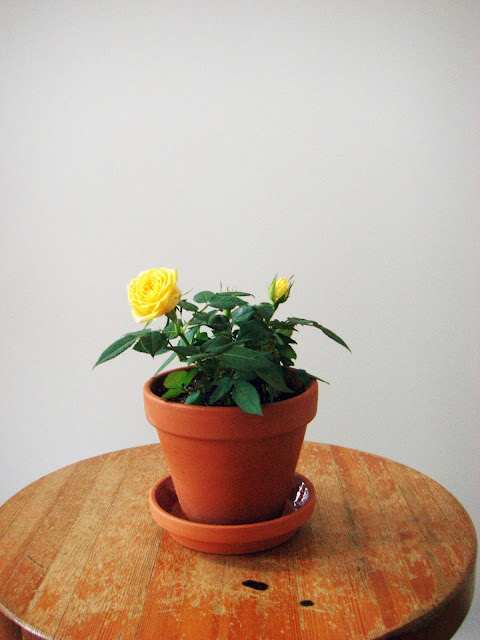order: rosales
family: rosaceae
genus: rosa
species: chinensis + multiflora
cultivar: "Café"
family: rosaceae
genus: rosa
species: chinensis + multiflora
cultivar: "Café"
First Story
24 May 2016
This wonderful brownish peach/apricot-colour rose is a gift that I got to pick for myself 3 years ago. Although its scent is not as magnificent as some of my other roses, its unusual colour was reason enough for me to decide to take it. This is a remontant polyantha rose hybrid that was bred by Reimer Kordes in 1956. Its parents are R. 'Golden glow' x R. kordesii and R. 'Lavender Pinocchio'. Flowers are fully double with very soft petals. They remind me of vintage lacy dresses of a fine lady such as this one.
I planted it in the sunniest spot of our garden where we are trying to establish a rose bed to complement our 90-year-old neighbours' aged modern roses across the street. If it were a competition, our roses would lose in many different levels. Level one: our young plants will first need years to establish before they can look anything as robust as our neighbours' roses. Level two: when I see how disease resistant our neighbours' roses are while ours habitually get spotted leaves, I think the general health of our roses should definitely improve. It might be the advantage of the modern genes or their lawnless garden which is simply more hygienic for growing roses. Level three: those modern roses easily last twice as long as our historical roses. Although, our roses do win on the level of fragrance which seems to be absent with those modern roses. And though our roses are not as vibrant as those modern roses, I love them for their more natural appearance.















